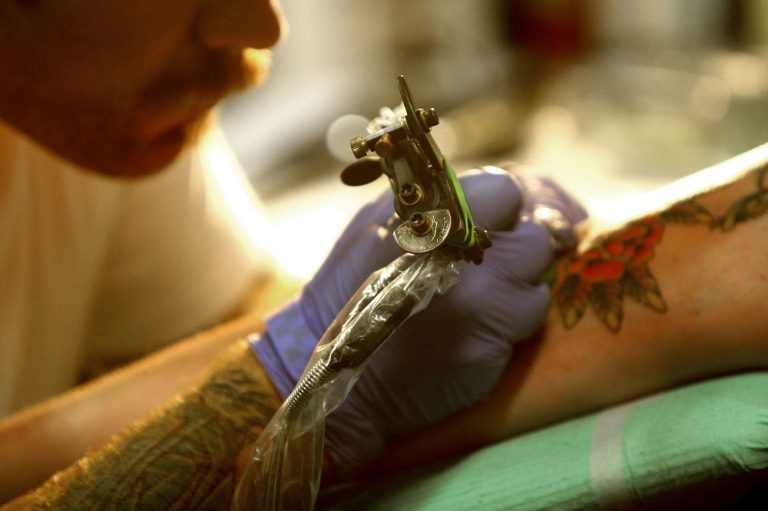Alcohol consumption can have certain effects on the blood, including changes in platelet function and clotting factors. However, these effects are generally temporary and not significant enough to be classified as a blood-thinning mechanism. To fully understand the relationship between alcohol and blood thinners, it is important to first gain an understanding of what blood thinners are and how they work. Additionally, it is necessary to debunk the common myth surrounding alcohol as a blood thinner.
- This is doubly dangerous, as you are more likely to have an injury while intoxicated and are at higher risk for severe bleeding.
- When it comes to alcohol consumption and its effect on blood thinning, moderation is key.
- Understanding the effects of alcohol on platelet function and clotting factors is crucial for individuals taking blood thinners or with a predisposition to bleeding.
- One person may face an elevated bleeding risk, while another could experience greater odds of clotting.
- When you cut yourself, that’s what seals your wound and keeps you from losing too much blood.
Xarelto and Alcohol
Nội dung chính
No matter where you are in your recovery journey, our team will be there every step of the way. Any time you combine a substance that thins the blood (alcohol) with a prescription medication that also thins the blood, you potentially amplify the drug’s effect. In other words, combining these two can lead to an increased risk of bleeding beyond what either substance alone would cause. By understanding the relationship between blood thinners and alcohol, you can make informed decisions about your health and minimize your risk of complications. For those struggling with alcohol misuse, giving up drinking while on blood thinners can be difficult.

How Alcohol Affects Blood Clotting
It is crucial to consult with a healthcare provider to understand the potential interactions between alcohol and specific blood thinners. Platelets are small blood cells responsible for clotting and preventing excessive bleeding. When alcohol is consumed, it can affect platelet function in several ways. Moderate alcohol consumption may lead to a temporary increase in platelet activity, potentially resulting in a more rapid blood clot formation. However, excessive alcohol intake can have the opposite effect, impairing platelet function and potentially increasing the risk of bleeding.

How much alcohol can you safely drink while taking Xarelto?
Alcohol intake should be reduced, and any consumption discussed with a doctor. While many people take low-dose aspirin daily to help prevent cardiovascular events, mixing aspirin with alcohol increases the odds of stomach irritation, ulcers, and bleeding. Even over-the-counter doses should be carefully monitored when alcohol is consumed. When it comes to the health of your blood vessels, have a conversation with your doctor.
- Yet, for many more, the broader hazards of heavy or chronic alcohol use overshadow any potential benefit.
- Excessive alcohol intake can lead to a decrease in platelet count, impairing the clotting process.
- If you have any concerns or questions, don’t hesitate to reach out to a healthcare professional for guidance.
Drinking too much alcohol
Blood thinners primarily function by targeting clotting factors in the blood. Anticoagulants influence the biochemical pathways that lead to clot formation, while antiplatelet agents disrupt the aggregation of platelets. Alcohol can thin your blood by affecting platelets, which are essential for blood clotting.
By the end, you’ll have a clearer idea of whether you can raise a toast without compromising your health. It should be fine to occasionally consume alcohol in moderation while taking Xarelto. In most cases, you could occasionally consume one drink if you’re a woman or two drinks if you’re a man within a 24-hour period. However, you should avoid drinking more than these limits and for more than a couple of days in a row.
More cortisol means more oxidative stress, increased heart rate, and barriers to decision-making. This comprehensive guide explores how alcohol affects blood coagulation, its interactions with blood-thinning medications, and important safety considerations for those on anticoagulant therapy. Moderate drinking is defined as up to one drink per day for women and up to two drinks per day for men. It’s important to note that this refers to standard drinks, which contain about 14 grams of pure alcohol. The amount of alcohol in a drink can vary depending on the type of beverage and its serving size. With a commitment to accessibility and comprehensive care, hart rehab extends its presence across three premier locations in Arizona.
Drug and Alcohol Addiction
Another study found that, compared to non-drinkers, people who drank more than 3 ounces of liquor per week had a 53% higher risk of DVT. The relationship between alcohol and deep vein thrombosis may depend on what, and how much, you pour in your glass. Remember, recovery is a journey, and at JourneyPure, we are dedicated to walking alongside you every step of the way. If you or a loved one is struggling with addiction and medication management, we are here to help. If you’re seeking help for yourself or a loved one, our expert team is here to guide you every step of the way.

However, the tale of alcohol’s impact on blood clotting doesn’t end there. In the short-term, moderate alcohol use has a limited effect on blood clotting. That might sound good if you’re worried about thick blood or potential buildups, but it also increases your risk of bleeding. To minimize these risks, it is important to follow the guidelines provided by your healthcare provider regarding alcohol consumption while taking blood thinners. It is generally recommended to limit or avoid alcohol altogether, as it can have unpredictable effects on blood thinners and potentially compromise your health and safety. While alcohol itself is not classified as a blood thinner, it can have an impact on the effectiveness of blood thinners.
our Arizona drug and alcohol treatment programs
For example, warfarin and alcohol together can cause unpredictable changes in how the blood thinners and alcohol body processes the medication, leading to either too much or too little anticoagulation. Similarly, rivaroxaban and aspirin have their specific risks when mixed with alcohol. It’s essential to understand these interactions to avoid serious health complications. Blood thinners, also known as anticoagulants, are medications designed to prevent blood clots from forming or growing larger. They play a vital role in treating and preventing conditions such as deep vein thrombosis (DVT), pulmonary embolism, and stroke. When alcohol is included in the mix, it can alter how thin your blood is and also change how active the medication is.
There’s no one-size-fits-all answer because many individual factors come into play, but being informed and aware of your body’s reactions will set you on the right path. Knowing the risks and communicating with healthcare professionals ensures that you’re making educated, safe choices. Both types of medications can increase the risk of bleeding if you drink alcohol while taking them. For example, if you have high blood pressure, drinking alcohol while taking an anticoagulant could cause your blood pressure to drop suddenly and make you feel dizzy or lightheaded. Blood thinners can be particularly dangerous for people with alcohol addiction. They often find it more difficult to restrict their alcohol use to a moderate amount or avoid combining alcohol with blood thinners.
Blood clots can cause scary medical issues like ischemic strokes and heart attacks. Wine’s blood-thinning effects may be tempting if you think you’re at risk for clots, but drinking too much could cause other problems. In conclusion, alcohol does have some blood-thinning effects, but they are not as marijuana addiction strong as those of prescription blood thinners.






